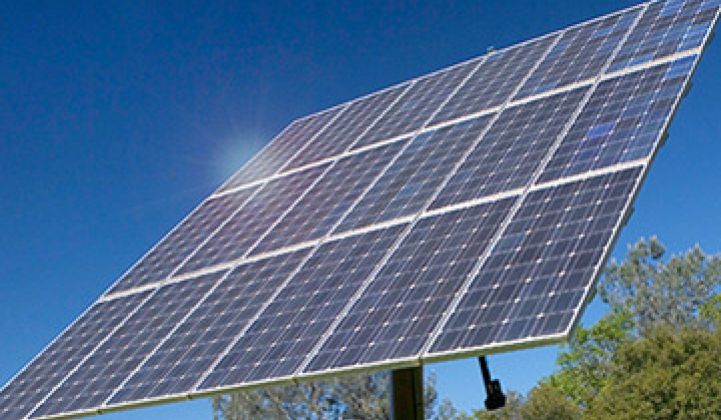A strange thing has begun to occur the solar industry this year.
Almost everyone you talk to says they are really a smart grid company.
Sunverge recently announced a residential solar package that includes grid software and a battery pack that it says will cost less and pay off more quickly than a traditional solar system. Sanyo, now part of the Panasonic empire, is studying battery/solar/home management systems, too.
Meanwhile, a slew of startups -- HIQ, Array Converter, SolarBridge Technologies, Tigo Energy -- have emerged with chips and other components for squeezing more watts out of residential and commercial systems on a daily basis. Tigo, for instance, says it can boost power output by 8 percent to 12 percent. In the end, solar systems, ideally, will pay for themselves in a shorter span of time.
Petra Solar is in the midst of planting 200,000 solar modules on utility poles in the state of New Jersey that also happen to contain sensors for monitoring the health of the grid. The solar power plant also doesn’t require real estate or new transmission lines. CEO Shihab Kuran says that if you put Petra’s SunWise panels on 10 percent of the 300 million utility poles in the U.S., you could generate 10 gigawatts.
The problems? Batteries aren’t cheap and few of the power maximizer companies can point to reams of field data to back up their claims. Some combinations will work and some will work really well, but it will take time to figure out the best formula.
It is also unclear who will pay for it. Consumers will benefit from having batteries hooked up to their solar panels, but utilities and demand response providers may benefit even more. And what if only a few consumers agree to put batteries in the basement?
Are batteries and solar really a future match?
Read more on this topic in a joint effort by General Electric Ecomagination and Greentech Media, and join in on the conversation here.



